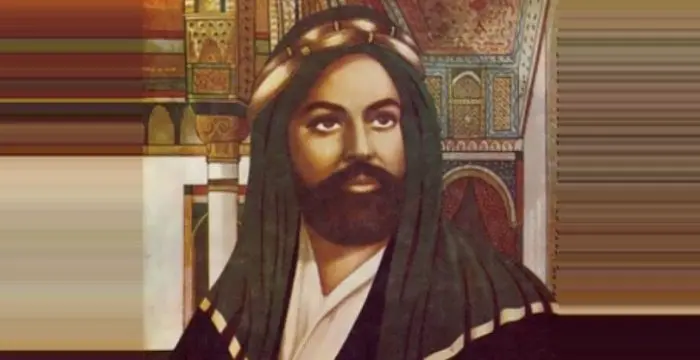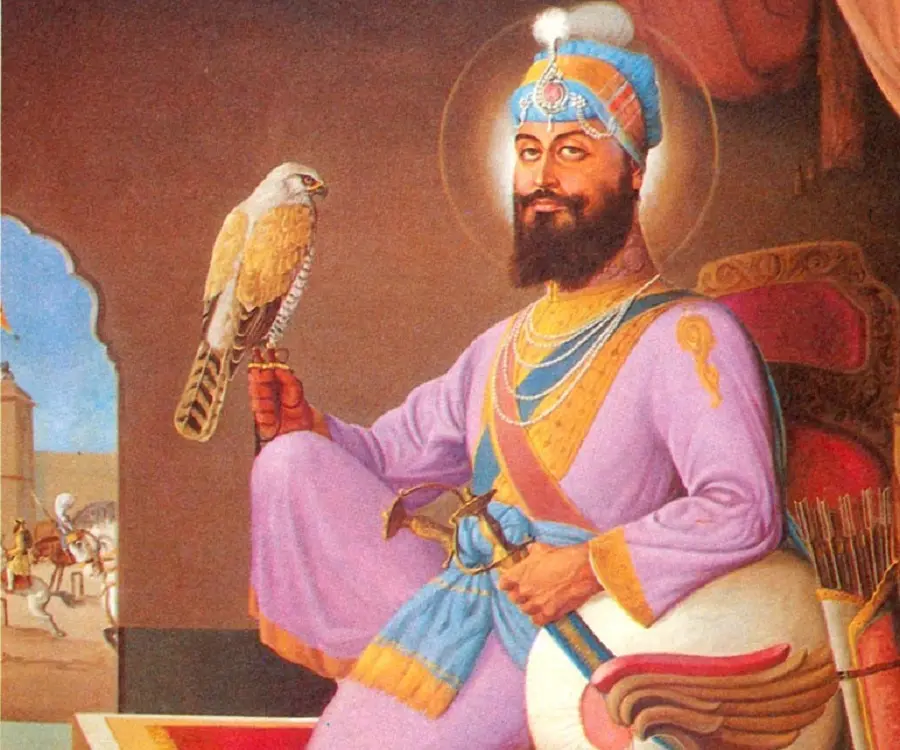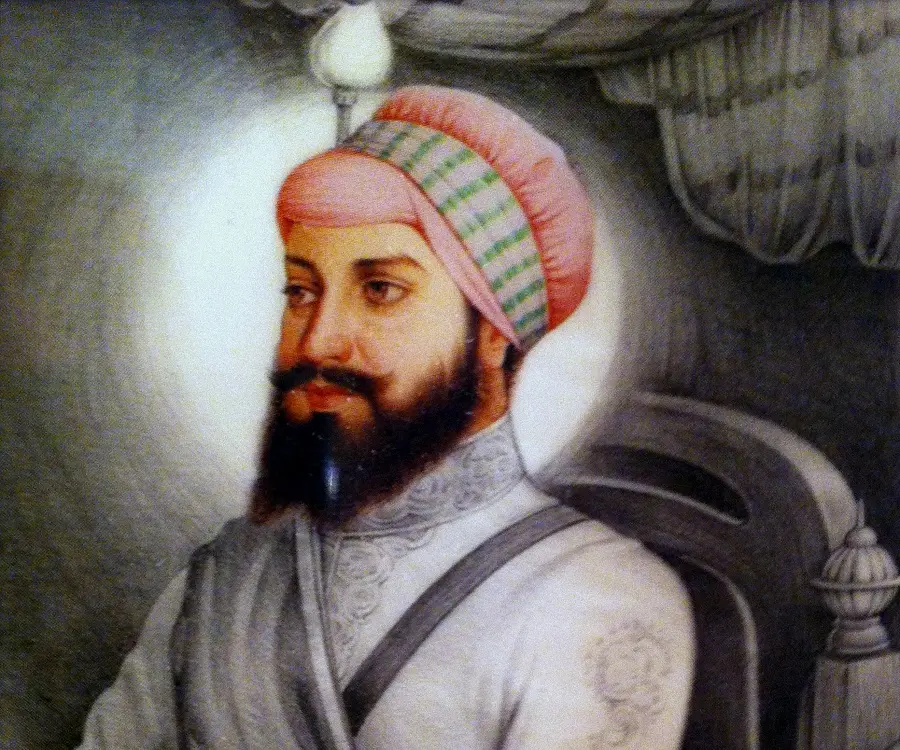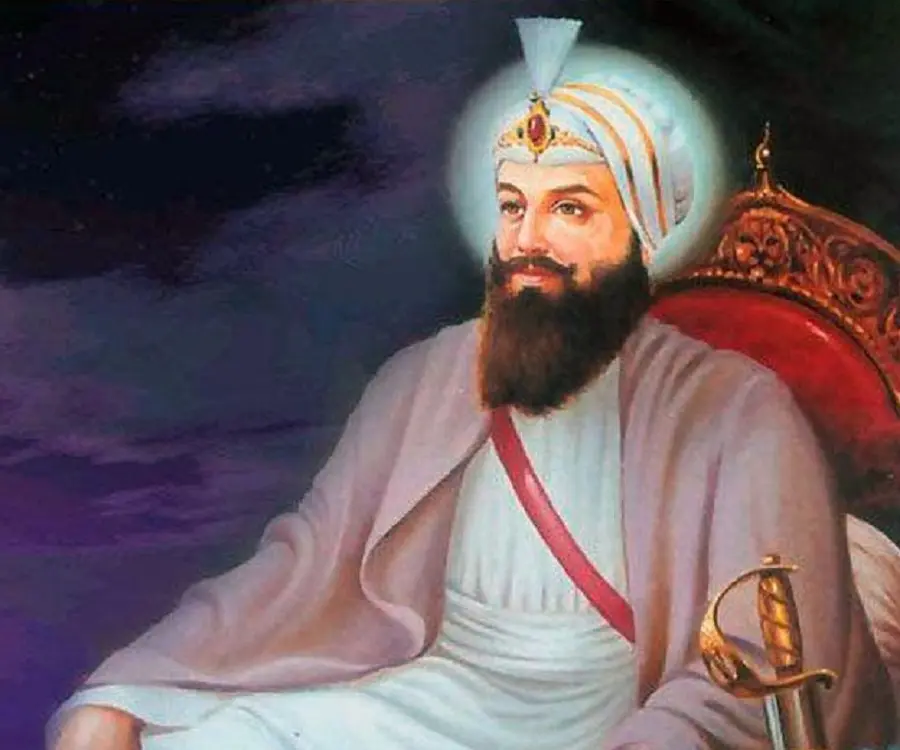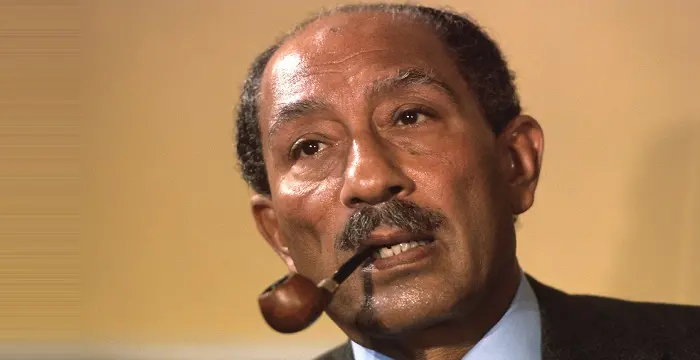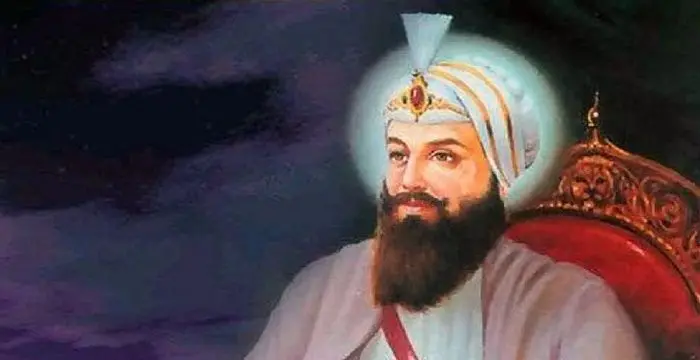
Guru Hargobind - Religious Leaders, Facts and Childhood
Guru Hargobind's Personal Details
Guru Hargobind was the sixth of the Sikh gurus and the first one to engage in warfare
| Information | Detail |
|---|---|
| Birthday | July 5, 1595 |
| Died on | March 19, 1644 |
| Nationality | Indian |
| Famous | Leaders, Spiritual & Religious Leaders, Religious Leaders, Sixth Sikh Guru, Spiritual |
| Known as | Saccha Padshah, True Emperor, Shri Guru Har Gobind Saheb, Guru Har Gobind |
| Childrens | Guru Tegh Bahadur |
| Birth Place | Amritsar |
| Gender | Male |
| Father | Guru Arjan |
| Sun Sign | Cancer |
| Born in | Amritsar |
| Famous as | Sixth Sikh Guru |
| Died at Age | 48 |
// Famous Spiritual
Prophet Muhammad
Prophet Muhammad was the founder of Islam, one of the most widespread religions in the world. This biography profiles his childhood, life story, achievements and more.
Murad IV
Murad IV was one of the mighty Sultans in the history of the Ottoman Empire. This biography profiles his childhood, family, accession, rule, administration and timeline.
Eckhart Tolle
Eckhart Tolle is a well-known spiritual leader, and author. Check out this biography to know about his childhood, family, personal life, spiritual awakening, etc.
Guru Hargobind's photo
Who is Guru Hargobind?
Guru Hargobind was the sixth of the Sikh gurus and the first one to engage in warfare. He is credited to have organized the first Sikh army which gave the community their military identity. He was highly wary of the Mughal forces as his father Guru Arjan Dev had been tortured and executed by the Mughal Emperor Jahangir. Assuming the Guru Gaddi at the young age of 11 after his father’s death, he chose to adorn himself with a sword rather than the Seli of Guru Nanak Dev which had been used previously by the earlier gurus. The brutal torture and execution of the peaceful and saintly Guru Arjan Dev necessitated that the Sikhs adopt a military tradition in order to face the Mughals and resist Islamic persecution. He greatly emphasized on training in martial arts for the Sikhs and he himself became an expert swordsman, wrestler, and rider. Under his able direction and guidance, the Sikhs fought several battles against the Mughal Emperor Jahangir’s army and emerged victorious. He strengthened the Sikh community, and with him as the leader, the community came to occupy a sort of independent state within the Mughal Empire. As the guru he established congregational prayers and sent his followers to distant places to spread the teachings of Sikhism.
Childhood & Early Life
Hargobind was born on 5 July 1595, in Guru Ki Wadali, Amritsar, Punjab, India, as the only son of Arjan Dev and Mata Ganga. His father was the fifth guru of the Sikhs.
Relations between the Mughal rulers and the Sikhs were strained at the time when Hargobind was growing up. Mughal Emperor Jahangir arrested and brutally tortured Guru Arjan Dev when Hargobind was a young boy of 11. Guru Arjan Dev appointed Hargobind as his successor on 25 May 1606 and was killed a few days later on 30 May.
Before his death Guru Arjan Dev realized the dangers posed by the Mughals to the Sikh community and advised his son to train the Sikhs in martial arts and build a strong army.
Later Years
The succession ceremony of Guru Hargobind took place on 24 June 1606. The ceremonial rites were performed by Baba Buddha when the new guru asked him to adorn him with a sword rather than the Seli of Guru Nanak Dev which had been used previously by the earlier gurus.
Guru Hargobind then put on two swords, one on the right and the other on the left, representing temporal power (miri) and spiritual power (piri). Upon assuming the Guru Gaddi he emphasized a great deal on the physical and military training of the Sikhs. He himself trained hard and became an expert swordsman, wrestler, and rider.
Sikhs up to that time were a peaceful community. However, the torture and death of Guru Arjan Dev at the hands of the Mughals necessitated that the community adopt a military tradition in order to challenge the Islamic persecution.
Guru Hargobind immediately began building a strong army of healthy young warriors and acquired hundreds of horsemen. He also recruited 60 gunners and 500 men from the Majha area of the Punjab as infantry.
He fortified his cities and built a fort near Amritsar and named it Lohgarh. Through his direction and determination, he instilled in his followers a will to fight against evil in order to defend their rights. The growing strength of the Sikh community greatly disturbed the Mughals who came to view them as a major threat.
Jahangir had the guru arrested and jailed at Gwalior Fort for several years. Over a period of time Jahangir became more tolerant and finally released the guru in 1611 or 1612. When he was released, he told the Mughal emperor to also release the 52 Rajas who were imprisoned in the fort as hostages for opposing the Mughal Empire.
Jahangir died in 1627 and his successor Shah Jahan began persecuting the Sikhs again. Angered by the atrocious behavior of the Mughals, Guru Hargobind reorganized his army and fought several battles against the Mughals in Amritsar, Kartarpur and elsewhere.
The Sikh army under Guru Hargobind was a formidable one and they defeated the Mughals in many of the battles, including the fierce Battle of Amritsar (1634). He also led and fought bravely in the Battle of Kartarpur. During his leadership, the Sikh community not only grew in numbers, but also emerged as a kind of separate entity within the empire. Due to his great contributions to Sikhism, the guru earned the title of "Saccha Padshah" (True Emperor).
Major Battles
The Battle of Amritsar fought by the Sikhs against Mukhlis Khan was one of the guru’s major victories as the leader of a military organization. The fights began with a conflict over hawks and soon escalated into a full blown battle. Following fierce fighting, the guru killed Khan, earning a victory for the Sikh community.
When the Mughal forces led by Painde Khan invaded Kartarpur in 1635, Guru Hargobind, accompanied by his son Baba Gurdita and Bhai Bidhi Chand defended the city successfully and caused considerable losses to the Mughals.
Personal Life & Legacy
Some historians suggest that Guru Hargobind was married thrice while others argue against this account. The names of his spouses are given as Mata Nanaki, Mata Mahadevi, and Mata Damodari. He fathered many children.
He died on 19 March 1644. He had the longest tenure as the Sikh Guru, lasting 37 years, 9 months and 3 days. Shortly before his death, Guru Hargobind appointed his grandson, Har Rai, as his successor.
He built the Akal Takht—one of the five seats of power of the Sikhs—and founded the city of Kiratpur.
// Famous Religious Leaders
Prophet Muhammad
Prophet Muhammad was the founder of Islam, one of the most widespread religions in the world. This biography profiles his childhood, life story, achievements and more.
Murad IV
Murad IV was one of the mighty Sultans in the history of the Ottoman Empire. This biography profiles his childhood, family, accession, rule, administration and timeline.
Eckhart Tolle
Eckhart Tolle is a well-known spiritual leader, and author. Check out this biography to know about his childhood, family, personal life, spiritual awakening, etc.
Guru Hargobind biography timelines
- // 5th Jul 1595Hargobind was born on 5 July 1595, in Guru Ki Wadali, Amritsar, Punjab, India, as the only son of Arjan Dev and Mata Ganga. His father was the fifth guru of the Sikhs.
- // 25th May 1606Relations between the Mughal rulers and the Sikhs were strained at the time when Hargobind was growing up. Mughal Emperor Jahangir arrested and brutally tortured Guru Arjan Dev when Hargobind was a young boy of 11. Guru Arjan Dev appointed Hargobind as his successor on 25 May 1606 and was killed a few days later on 30 May.
- // 24th Jun 1606The succession ceremony of Guru Hargobind took place on 24 June 1606. The ceremonial rites were performed by Baba Buddha when the new guru asked him to adorn him with a sword rather than the Seli of Guru Nanak Dev which had been used previously by the earlier gurus.
- // 1611 To 1612Jahangir had the guru arrested and jailed at Gwalior Fort for several years. Over a period of time Jahangir became more tolerant and finally released the guru in 1611 or 1612. When he was released, he told the Mughal emperor to also release the 52 Rajas who were imprisoned in the fort as hostages for opposing the Mughal Empire.
- // 1627Jahangir died in 1627 and his successor Shah Jahan began persecuting the Sikhs again. Angered by the atrocious behavior of the Mughals, Guru Hargobind reorganized his army and fought several battles against the Mughals in Amritsar, Kartarpur and elsewhere.
- // 1634The Sikh army under Guru Hargobind was a formidable one and they defeated the Mughals in many of the battles, including the fierce Battle of Amritsar (1634). He also led and fought bravely in the Battle of Kartarpur. During his leadership, the Sikh community not only grew in numbers, but also emerged as a kind of separate entity within the empire. Due to his great contributions to Sikhism, the guru earned the title of "Saccha Padshah" (True Emperor).
- // 1635When the Mughal forces led by Painde Khan invaded Kartarpur in 1635, Guru Hargobind, accompanied by his son Baba Gurdita and Bhai Bidhi Chand defended the city successfully and caused considerable losses to the Mughals.
- // 19th Mar 1644He died on 19 March 1644. He had the longest tenure as the Sikh Guru, lasting 37 years, 9 months and 3 days. Shortly before his death, Guru Hargobind appointed his grandson, Har Rai, as his successor.
// Famous Leaders
Edi Rama
Edi Rama is the current Prime Minister of Albania. Check out this biography to know about his childhood, life, achievements, works & timeline.
Tecumseh
Tecumseh was a Native American leader of the Shawnee clan. This biography profiles his childhood, life and timeline.
Khalifa bin Zayed Al Nahyan
Sheikh Khalifa bin Zayed Al Nahyan is the current President of the United Arab Emirates (UAE). Check out this biography to know about his birthday, childhood, family life, achievements and fun facts about him.
Anwar Sadat
Anwar Sadat was the third President of Egypt and has been awarded the Nobel Prize for his peace initiatives. To know more about his childhood, career, profile and timeline read on the following biography.
Leo Varadkar
Cam Leo Varadkar is the current Taoiseach—the Prime Minister—of the Republic of Ireland. Check out this biography to know about his childhood, family life, achievements and other facts about his life.
Swami Vivekananda
Swami Vivekananda was the chief disciple of Sri Ramakrishna, and was responsible for awakening India spiritually. Check this biography to know in detail about his life, profile and timeline.
Guru Hargobind's FAQ
What is Guru Hargobind birthday?
Guru Hargobind was born at 1595-07-05
When was Guru Hargobind died?
Guru Hargobind was died at 1644-03-19
Where was Guru Hargobind died?
Guru Hargobind was died in Kiratpur Sahib
Which age was Guru Hargobind died?
Guru Hargobind was died at age 48
Where is Guru Hargobind's birth place?
Guru Hargobind was born in Amritsar
What is Guru Hargobind nationalities?
Guru Hargobind's nationalities is Indian
Who is Guru Hargobind childrens?
Guru Hargobind's childrens is Guru Tegh Bahadur
Who is Guru Hargobind's father?
Guru Hargobind's father is Guru Arjan
What is Guru Hargobind's sun sign?
Guru Hargobind is Cancer
How famous is Guru Hargobind?
Guru Hargobind is famouse as Sixth Sikh Guru
